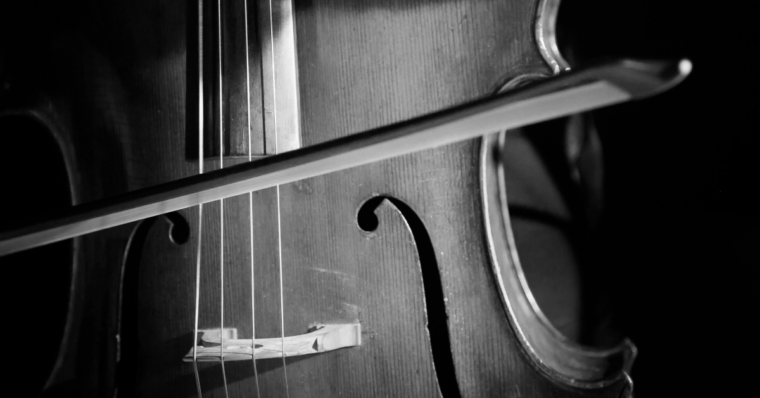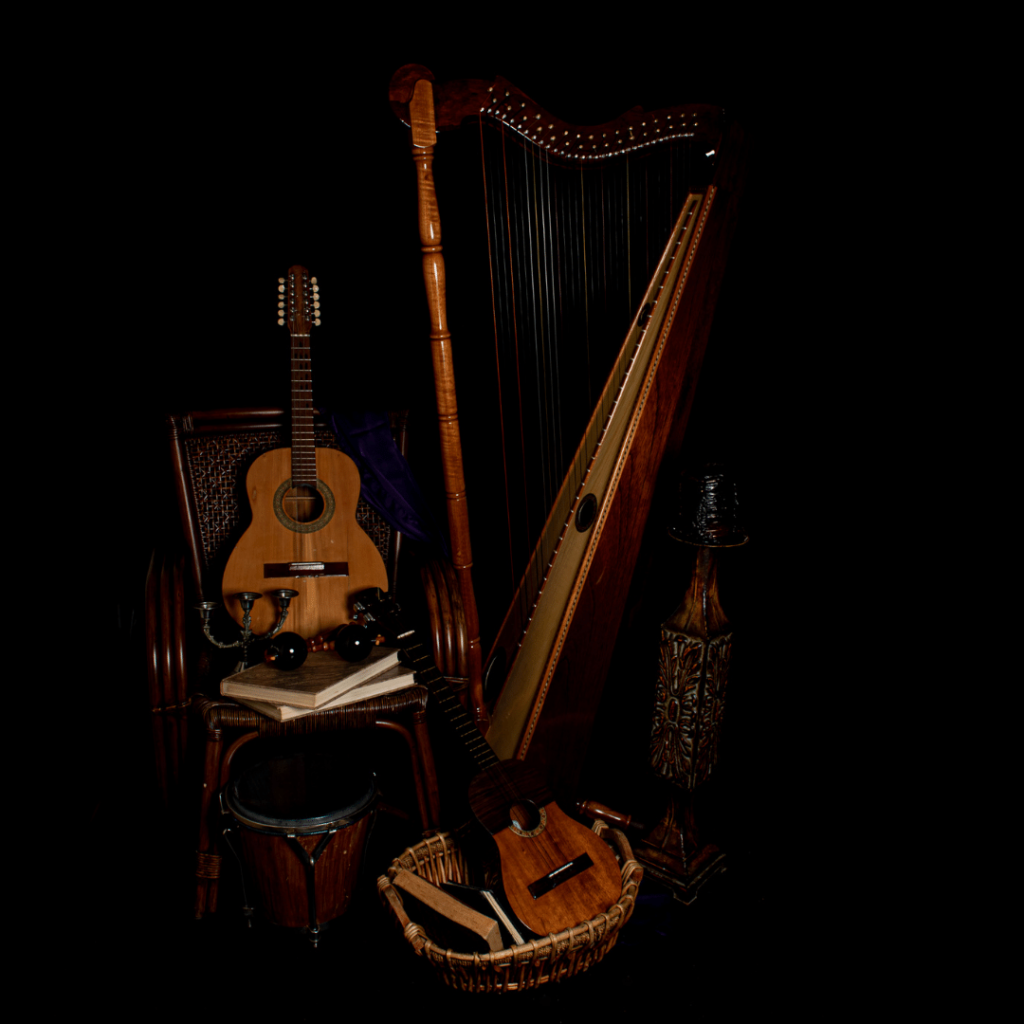The Basics to Starting the Violin
The first few times you learn to play a violin can be frustrating, but it will become easier as you get more comfortable. As you learn how to play the instrument, you will notice that it requires a lot more skill and regular practice. As a violinist, you’ll also learn how the violin is tuned, how your fingers are placed on the right strings, and more!
The first step is to determine the size of the violin you need. Adults and adolescents should be fine using a full size (4/4) violin. If you’re younger or have short arms, you may need a smaller-sized violin. The violin sizes come in fractions.
Where can I purchase a violin?
I recommend that if you are looking for a deal, look for a package that includes a case with bowed violin. Beginner packages often include all of these pieces (sometimes called a “Violin outfit”). Many large shops sell cheap violins. Internet stores are often very good. If you don’t care about a secondhand instrument, then Ebay is a good option. Stentor Violins are a quality affordable brand.
You will need to purchase violin accessories at some point. These will help you improve your playing. A violin shoulderrest, for instance, will make holding the violin more comfortable.
Tuning A Violin
If you are using a keyboard or a piano, you can tune each string by using the 4 notes (lowest-to-highest in the previous order). If not, then I would recommend buying a cheap tuner. In time, your ears become accustomed and you’ll be able to tune a violin by “ear”.
The violin comes with two types of adjusters to change its sound: the tuning pins located near the scroll as well as the fine tuners hidden behind the bridge. The pegs must only be used if your violin is severely out of tune. Twist the violin’s peg firmly and softly clockwise. This will raise the pitch of the string. PUSH into the string while you do this. If not, you may apply too much tension to the violin string causing it to snap. The fine tuning tuners on the bridge are used for small sound changes. These set of tuneers will be used most of the time to get your violin to the right tone. Turn one of the adjusters clockwise to get a sharper sound, or anticlockwise for lower noise.
First things first
Open the case first and remove the instrument, leaving the bow for now. I would emphasize that you should hold your violin correctly or else serious consequences (pain to the shoulder, etc.) may occur in the near future. The chinrest is located on the violin. However, it shouldn’t be placed directly on your chin. Instead, it should be slightly to the right of your chin. Place your left hand at the violin neck by extending your left elbow. Now, slightly incline your elbow to right so that your fingers are leaning against the strings. Rest your thumb at the side the neck. Become familiar with “plucking”. The correct method is to use the index to pull the strings and place the thumb on the black fingerboard.
The left wrist of your left hand should not be cocked upwards to touch the neck. Instead, let it fall. Let the wrist of your left hand fall. Imagine a thorny branch and imagine that you don’t like prickles. Check that your left hand is pointing at the back of your violin’s neck. If you’re sitting, sit on the edge of the chair. It doesn’t really matter whether you’re standing or sitting. It is a lot to take in, but now you know the basics about how to play the instrument!
These are the ones that will be used most of time to tune the violin. Turn the fine tuner clockwise to make it “sharper”, or anti-clockwise, for a lower sound.
What to Do First
The bow can be left in the case. Holding your violin correctly is the most important thing you can do. Place the chin-rest slightly left of your face and place your right hand at the violin’s neck. Pull the elbow to tilt the fingers over the strings, with your thumb at the side. Get used to “plucking”. Place your right hand’s index finger against the black area of the fingerboard.
Keep the violin raised with your left elbow while you do all of this. Let the wrist hang down. Imagine your hand is resting on a prickly plant and you don’t wish to get it scratched. The left arm must be extended to the back of your neck. Standing or seated, ensure that the scroll (the violin’s end) is at approximately head height. Also keep your spine straight! It’s done! You have now learned the basic principles for playing the violin.




